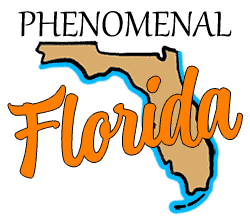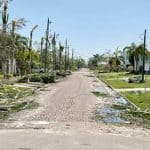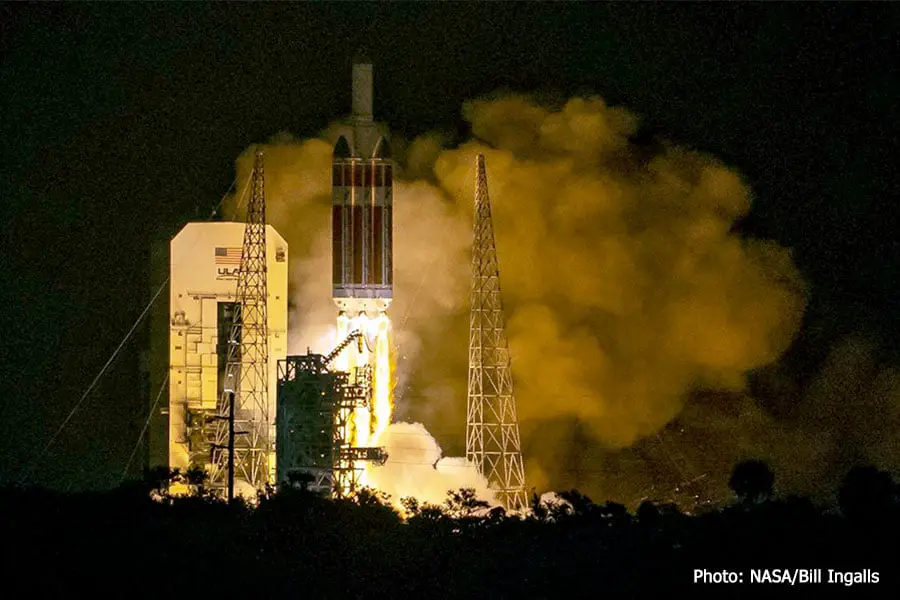
Cape Canaveral has been home to many famous and some infamous rocket launches. Of course, who doesn’t remember amazing missions like the Apollo landings on the moon or the first few trips in the space shuttle? But those things all seem so long ago – do rockets still launch from Cape Canaveral?
Cape Canaveral is an active rocket-launching facility to this day. SpaceX, Blue Origin, NASA, the military, and other organizations launch rockets into space from Cape Canaveral regularly, sometimes more than once a week. As a result, watching launches is a popular activity near Cape Canaveral.
So what kind of rockets launch from Cape Canaveral? Why is Cape Canaveral such a good place for rocket launches? Do rocket launches cause a sonic boom? Read on to learn the answers to these questions and more.
Cape Canaveral: Rocket Launches Galore
Cape Canaveral’s history of rocket launches begins in 1947. It was then that the Air Force wanted to start more extensive testing of rocketry and missile launches. Cape Canaveral’s location at a far southeastern extreme was ideal for rocket testing because it helped expand radar range to the furthest extent possible. In addition, there was already a naval air station at Banana River, so the location would be easy to support.
The location proved to be excellent for rocketry. On July 24, 1950, the rocket named Bumper Eight became the first successful rocket launch from Cape Canaveral. Flying at high speed and exceeding altitudes of 200 miles, Bumper Eight was an early success in American rocket science.
Phenomenal Florida Fun Fact: Cape Canaveral was named Cape Kennedy from the years 1963 to 1973. This name change was unpopular with many Floridians, which is why it was later changed back to Cape Canaveral.
On February 1, 1958, America’s first satellite, Explorer 1, was successfully launched into orbit from Cape Canaveral to study radiation. Before we could send people into space, we needed to know what it was like up there. Explorer 1 flew around Earth in giant loops, some as high as 1,563 miles above the planet’s surface and others as low as 220 miles. The satellite weighed about 30 pounds and orbited the Earth until March 31, 1970, when it re-entered the atmosphere and burned.
The results of the Explorer 1 mission helped further man’s understanding of the planet and its atmosphere and paved the way for living things to be launched into space. On April 18, 1961, this feat was achieved when astronaut Alan Shepard became the first American in space aboard the Mercury Freedom 7 mission. His point of departure from Earth was Launch Complex 5 at Cape Canaveral, which still launches rockets to this day.
Another famous mission that departed from Cape Canaveral is the Friendship 7 mission. On February 20, 1962, John Glenn became the first American to orbit the Earth. The Mercury program that launched Shepard and Glenn laid the groundwork for later missions such as the Apollo and Gemini programs.
As fascinating as all that is, what is Cape Canaveral launching these days?
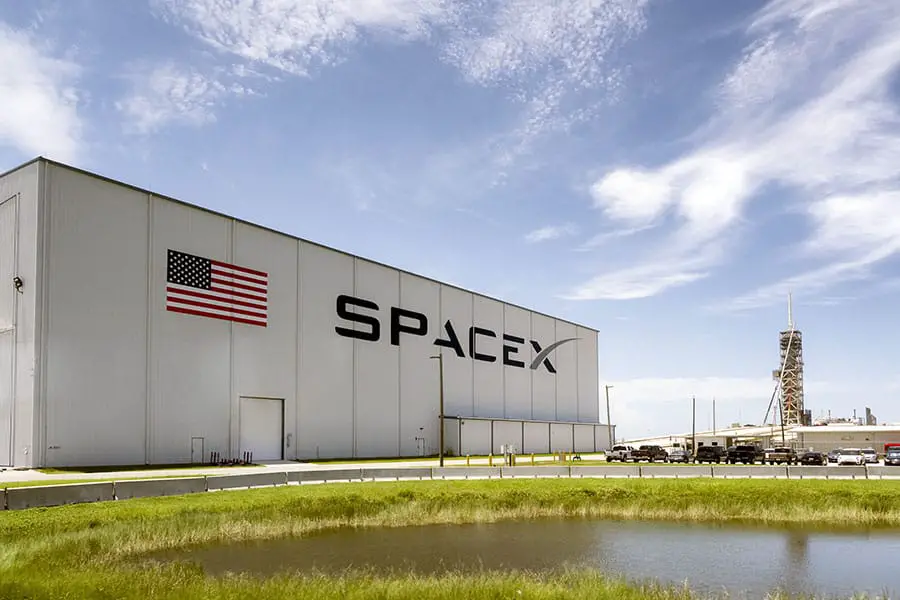
You’ve probably heard of SpaceX, the space company founded by Tesla mastermind Elon Musk. SpaceX routinely launches rockets from Cape Canaveral, including the Falcon 9 reusable rocket and the Falcon Heavy, which has a payload of 141,000 pounds. These rockets are stuffed with scientific equipment, supplies for the space station, satellites, and other space-bound cargo.
Cape Canaveral is also home to frequent launches of modern Atlas V rockets. Many of these contain hardware for the Space Force, which operates out of nearby Patrick Space Force Base. In addition, Boeing’s new space capsule designed to send astronauts to the space station, the Boeing Starliner, is also undergoing launch testing at Cape Canaveral.
How Often do Rockets Launch from Cape Canaveral?
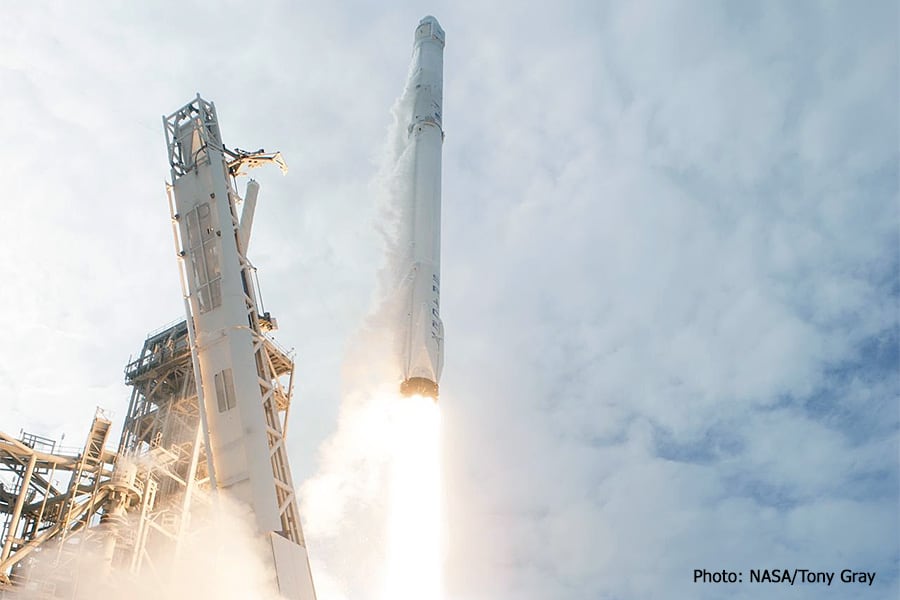
Rockets frequently launch from Cape Canaveral. Sometimes, there is more than one rocket launch scheduled per week. While launch schedules change often, Cape Canaveral’s schedule is very active. Civilian companies, government space agencies, and the military regularly launch things from Cape Canaveral.
Other Posts of Interest
- What Is Sun’ n Fun? (Plus Tips For Attending)
- Why Does Florida Have So Many Canals?
- What Are Mangroves In Florida? (And Why Are They So Important)
- Are Key West And The Florida Keys The Same?
What Payload is on Rockets Launched from Cape Canaveral?
So what is the point of all these rockets anyway? Rockets launched from Cape Canaveral carry all kinds of things to space. Cargo could be anything from an “Unspecified Payload” for the military to weather satellites, supplies for the space station, or even microsatellites. Some of the cargo launched from Cape Canaveral is historical, groundbreaking scientific research equipment, like the Perseverance Mars Rover.
Why do Rockets Launch Straight Up?
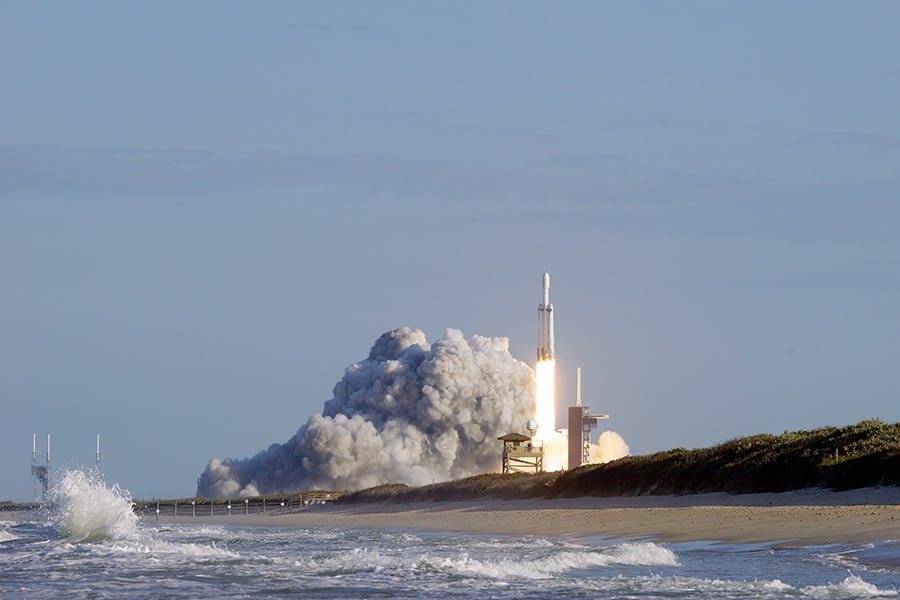
The short answer to this question is: physics. To get an object to what is called orbital velocity requires a lot of thrust. The most efficient way to generate enough thrust is to launch a rocket directly up from the Earth’s surface. Trying to climb into orbit at an angle, like an airplane taking off, would require an enormous amount of fuel due to the extra drag and time it would take to climb to orbit.
Why do Rockets Launch to the East?
There are two reasons rockets launch to the east. The first reason is for safety. Launching rockets east from Cape Canaveral takes them over the ocean, where they can safely be jettisoned if something goes awry. Recently, part of a SpaceX rocket malfunctioned over the Atlantic and crashed into the water: we can all agree that it’s better to crash in the water than to crash into a suburb.
The second reason rockets launch to the east is for speed. Cape Canaveral is relatively close to the equator, which is rotating at the fastest rate of any latitude on Earth. So when rockets are launched to the east, the Earth’s rotation helps give them a relative speed boost of about 914 miles per hour. This boost means the rockets burn less fuel, which means they can weigh less or carry more payload.
When a Rocket is Launched, Why Does it go in a Curved Path?
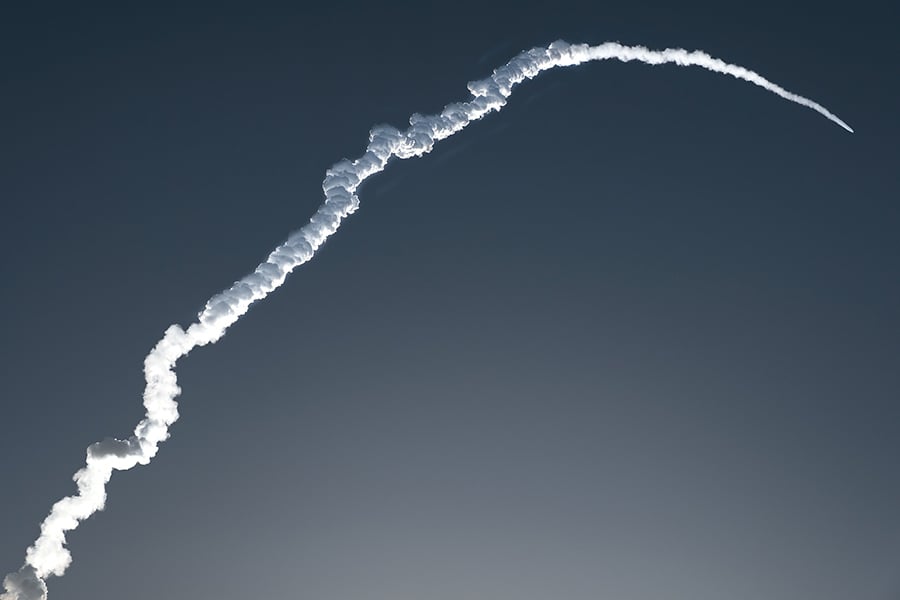
While rockets take off straight up from the launch pad, their flight paths always seem to arc overhead. Rockets follow this curved trajectory as part of a maneuver called a gravity turn. This subtle change in attitude from straight up-and-down to a more linear path helps rockets achieve orbit in the most efficient way possible.
If you think about it, it makes sense. Orbit is essentially the state of an object where its rate of falling toward Earth is equal to the rotation of the Earth underneath it. When a rocket has achieved the necessary altitude, you can’t simply turn it 180 degrees or pause it to let it hit orbit. Thus, rockets are gently steered into these graceful high arcs once they enter the upper atmosphere, allowing them to enter orbit at just the right place.
Do Rockets Make a Sonic Boom?
Yes, rockets make sonic booms when they launch and when they re-enter the Earth’s atmosphere. As a result, residents of Florida’s Space Coast hear sonic booms on a regular basis as rockets leave and satellites, boosters, or space shuttles return to terra firma.
A sonic boom is a thunderous noise people hear on the ground when an object like a fighter jet or a space capsule flies overhead faster than the speed of sound. As the object moves through the air, it generates a cone-shaped wave of pressure caused by the rapid compression and expansion of the air that the object is passing through. In other words, a sonic boom is a shockwave caused by a fast-moving object.
Sonic booms are affected by the weight, size, speed of the object and by the conditions of the atmosphere. For example, longer, thinner aircraft like a fighter jet or a spy plane make weaker shock waves than fatter objects.
So how far away can sonic booms be heard? How far you can hear the sonic boom depends on what is called the “boom carpet.” In general, for every 1,000 feet of altitude that an object has, the boom carpet is about a mile wide. So if a space capsule re-enters the atmosphere at 80,000 feet, the sonic boom could theoretically be heard over a cone of about 80 miles.
Recent rocket launches have generated sonic booms heard as far away as Orlando.
Next Stop: Space
Cape Canaveral is one of the best places in America to launch rockets. Its proximity to the ocean, low latitude, and flat ground are perfect for building the kind of world-class rocket launch facilities that one finds on the cape.
Although public interest in space exploration waxes and wanes, Cape Canaveral remains a highly active rocket launch facility to this day. Whether carrying a NOAA weather satellite to help us predict storms, a new GPS satellite, or a scientific research mission, the rockets launched from Cape Canaveral are part of human beings’ ongoing efforts to understand the world around us and keep moving into the future.
